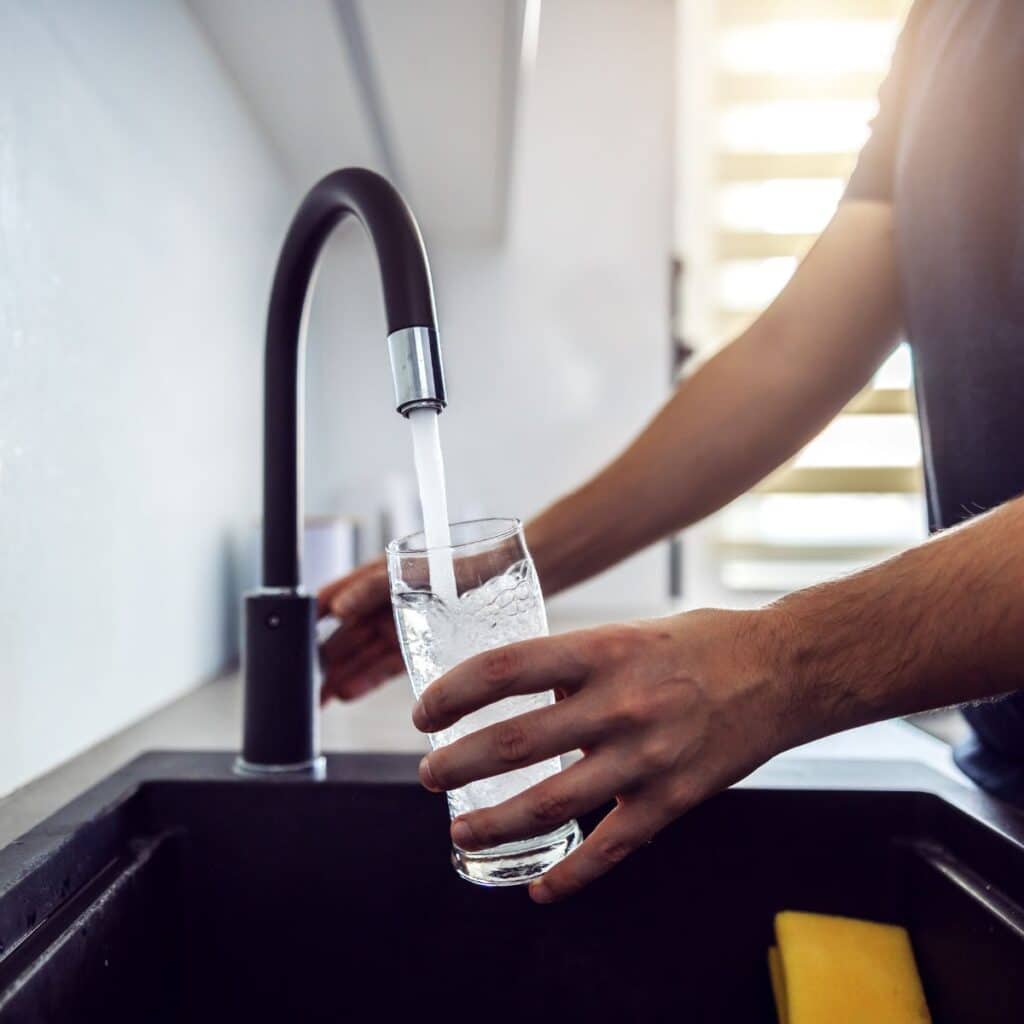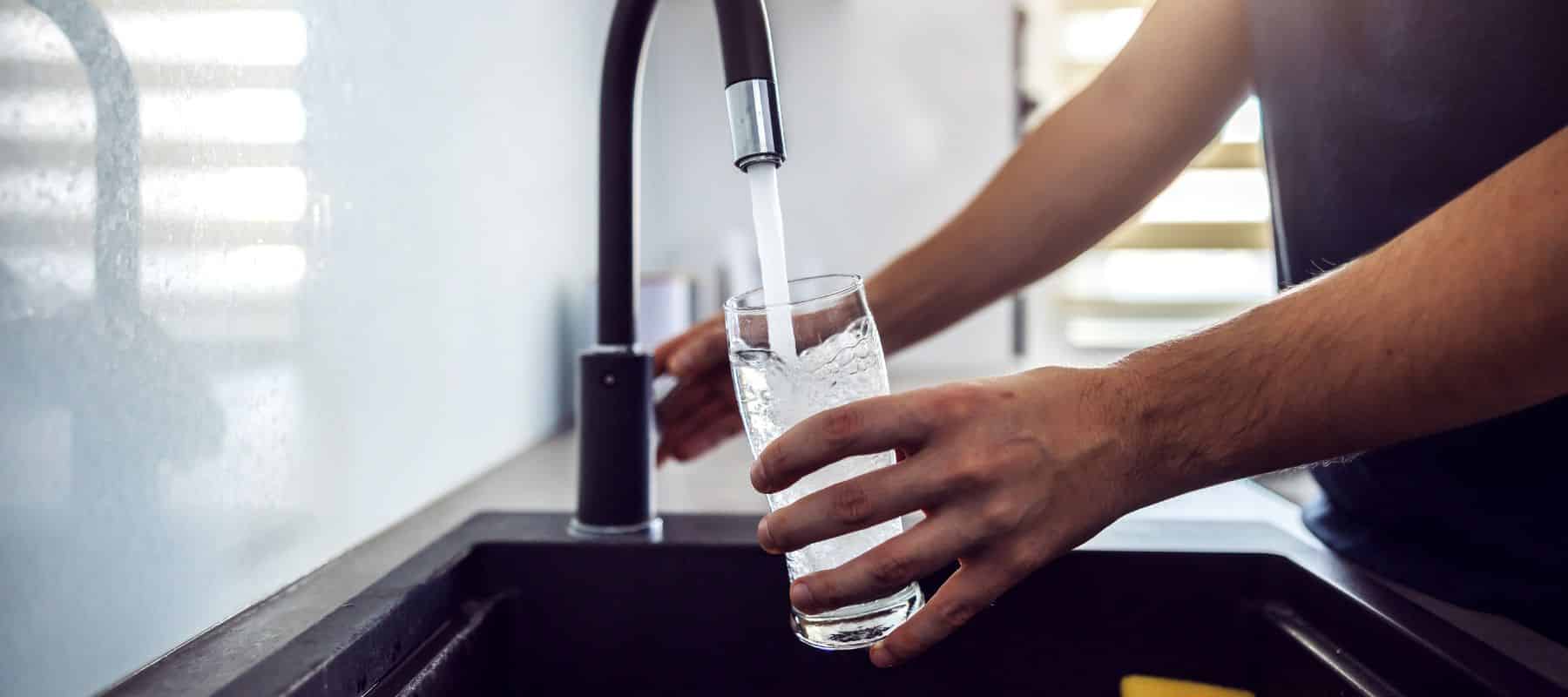Filter Out Chlorine In Tap Water With Southwest Water Treatment
When you turn on the faucet in Yuma, AZ, the water that flows out is treated to meet safety standards. However, that doesn’t always mean it’s free from unwanted chemicals. Chlorine in tap water is a common additive for disinfection in water treatment. At Southwest Water Treatment, we help families in our region better understand their water quality and find trusted water filtration systems for quality hydration.
Why Is There Chlorine in Tap Water?
Chlorine has been used for decades to disinfect public water systems. Its job is to kill harmful bacteria, viruses and pathogens before they reach your home. While it’s a vital part of public health, many residents in Yuma wonder — is there chlorine in tap water, and how much is too much?
Yuma’s Water Supply And Chlorine Use
Here in Yuma County, water is sourced from the Colorado River and local wells, both of which require disinfection before it can be distributed. Chlorine is commonly used by local municipalities. While regulated, the levels can still affect the taste and smell of your water.

How Much Chlorine Is In Tap Water?
The U.S. Environmental Protection Agency (EPA) allows up to four milligrams per liter (mg/L) of chlorine in drinking water. Yuma’s municipal water generally falls under this limit, but many people are sensitive to chlorine’s taste and odor long before levels become unsafe.
The exact amount of chlorine in your tap water can vary by location and season. The best way to know what’s in your water is to have it professionally tested. Our local team provides free water tests with detailed results. We’ll recommend the right water filtration system to give you peace of mind.
What Are Disinfection Byproducts (DBPs)?
When chlorine reacts with naturally-occurring organic matter in the water — like leaves, algae or decaying vegetation — it creates chemical compounds called disinfection byproducts. These include trihalomethanes (THMs) and haloacetic acids (HAAs), which have been linked to potential health risks when consumed over time.
Are DBPs Common in Yuma?
Because Yuma’s water comes from surface sources like the Colorado River, there’s a higher likelihood of organic materials being present. That means DBPs can form during the disinfection process and may end up in your tap water.
The presence of these byproducts depends on several factors, including water temperature, chlorine dosage and time spent in the distribution system — things that can vary from neighborhood to neighborhood.
How To Get Rid Of Chlorine in Water
If you’ve ever noticed a slight chemical smell while brushing your teeth or filling up a glass of water, you’re likely picking up on chlorine. Fortunately, there are ways to effectively reduce chlorine in drinking water:
- Activated carbon filtration — One of the most reliable ways to reduce chlorine and DBPs from your tap.
- Reverse osmosis systems — A more advanced system that removes chlorine, DBPs and other impurities.
At Southwest Water Treatment, we offer free in-home water assessments across Yuma, from Historic Downtown to Fortuna Foothills. You can find the best solution for your household needs.
A Better Way To Drink Water In Yuma
Chlorine may be necessary for disinfection, but that doesn’t mean you have to live with poor water taste! At Southwest Water Treatment, we’re proud to help families in Yuma and the surrounding communities improve their water quality with professional testing, expert guidance and dependable filtration systems.
Whether you’re near West Wetlands Park or out in the Desert Ridge area, we’re your trusted resource for better hydration. We specialize in filtration systems that enhance water quality across Yuma County. Contact us today for a free water consultation and discover the difference cleaner water can make.
More Water Problems
Set Your Kinetico of West Texas Location
test
Yuma, AZ
Yuma, AZ 85365



